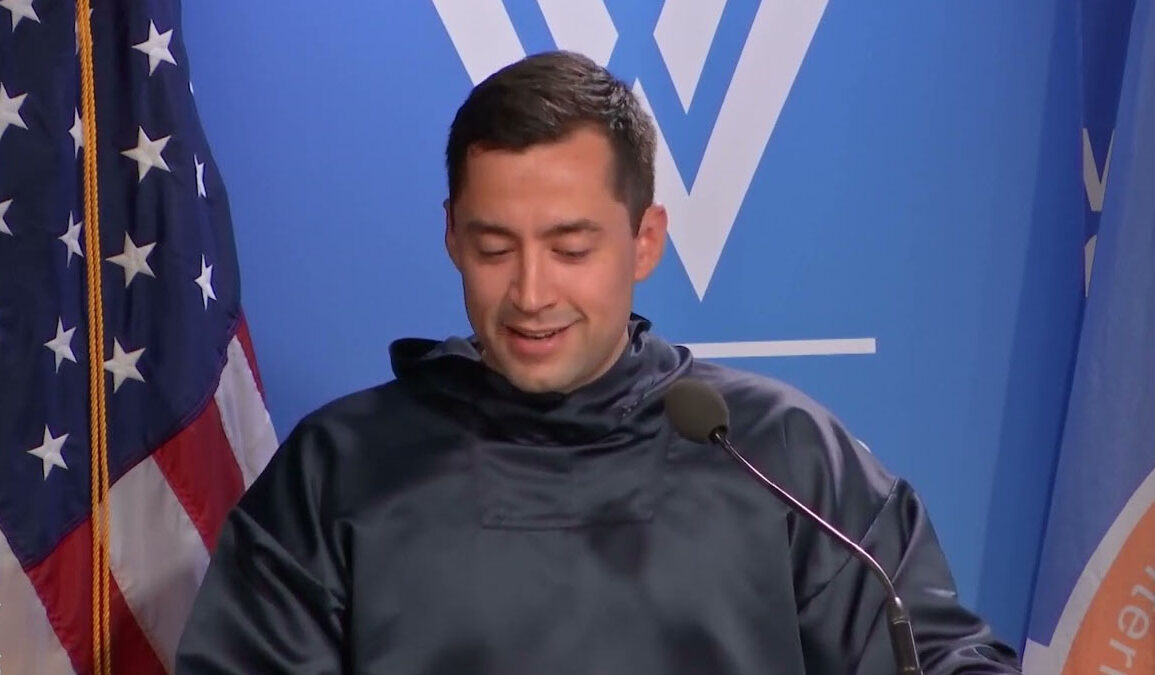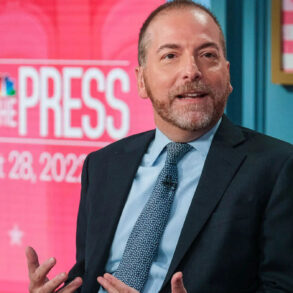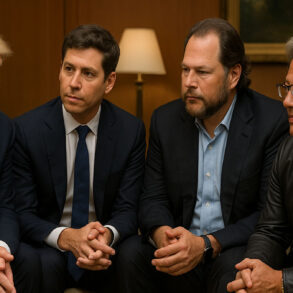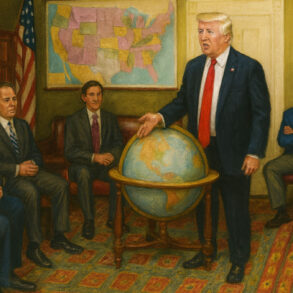Greenland, the world’s largest island and an autonomous territory of Denmark, has once again become the center of geopolitical intrigue. Prime Minister Múte Egede has publicly declared his intent to accelerate Greenland’s path to independence, framing it as a necessary step toward self-determination and economic sovereignty. However, beneath his firm rhetoric lies growing speculation: Is Egede preparing to align with U.S. President-elect Donald Trump to integrate Greenland into the United States?
Egede’s Call for Independence
In his New Year’s speech, Prime Minister Egede emphasized the importance of Greenland taking control of its own destiny. “It is time for us to shape our own future, decide who our closest partners will be, and ensure our resources benefit our people first and foremost,” he stated. Egede’s remarks were delivered against the backdrop of a long and complicated colonial history with Denmark, which still provides substantial financial subsidies to Greenland.
While Greenland gained home-rule status in 1979 and greater autonomy through the Self-Government Act of 2009, full independence remains an elusive goal. Economic dependency on Denmark, combined with limited infrastructure and reliance on fishing exports, presents significant challenges. Egede added, “The history and current conditions have shown that our cooperation with the Kingdom of Denmark has not succeeded in creating full equality.” This frustration with Denmark’s oversight has long fueled pro-independence sentiments among Greenlanders.
Egede went further, declaring, “It is now time for our country to take the next step. Like other countries in the world, we must work to remove the obstacles to cooperation – which we can describe as the shackles of colonialism – and move forward.” His words resonated with many Greenlanders who view independence as a path to reclaim their cultural identity and economic agency.
Trump’s Renewed Interest in Greenland
Donald Trump has never hidden his interest in Greenland. In 2019, during his first term as U.S. president, Trump famously proposed buying Greenland, calling it a “strategic real estate deal.” Denmark dismissed the idea outright, and Greenlandic officials expressed outrage. However, Trump’s return to the political stage has reignited this conversation. In a December 2024 Truth Social post, Trump stated, “For purposes of National Security and Freedom throughout the World, the United States feels that the ownership and control of Greenland is an absolute necessity.”
This statement came just weeks before Egede’s speech on independence, leading analysts to question whether Egede’s push is a strategic response to Trump’s overtures—or perhaps even a signal of openness to a partnership with the United States.
Economic and Strategic Importance of Greenland
Greenland’s immense strategic value cannot be overstated. Its geographic location in the Arctic makes it a critical hub for military operations, global shipping routes, and resource extraction. The island is home to valuable deposits of rare earth minerals, oil, and natural gas, all of which are highly sought after in global markets.
Furthermore, the U.S. already has a significant military presence on the island through Thule Air Base, a key part of NATO’s missile defense system. For Trump, acquiring Greenland would not only secure these resources but also represent one of the largest territorial expansions in U.S. history.
Greenland’s economic reliance on fishing and tourism underscores its vulnerability. Annual subsidies from Denmark, which amount to approximately €500 million, remain crucial for maintaining basic infrastructure and public services. Egede addressed these concerns, stating, “In the coming summer, it will now be possible to reach us directly from other countries, without first traveling via Denmark. It will therefore be possible for us to develop and govern our country more independently.”
Speculation: Independence or U.S. Integration?
Despite Egede’s repeated declarations that “Greenland is not for sale and will never be for sale,” political commentators remain skeptical. Is Egede’s independence rhetoric a smokescreen for quiet negotiations with Washington? Some argue that Greenland’s economic challenges make it unlikely to sustain full independence without substantial foreign investment. Could Trump be positioning the U.S. as a potential economic savior?
Observers point out that Egede has been careful in his wording. While rejecting Trump’s overtures publicly, his openness to reevaluating Greenland’s trading partners and geopolitical alliances leaves room for interpretation. Analysts have suggested that Greenland may be using Trump’s interest as leverage to extract better terms from Denmark, or even to secure investment directly from the United States.
The Path Forward: A Referendum and a Defining Year
Egede hinted that Greenlanders may soon have the opportunity to decide their future directly. A referendum on independence could coincide with parliamentary elections scheduled for April 2025. “Work has already begun with regard to creating the framework for Greenland as an independent state within the possibilities and provisions of the Self-Government Act,” Egede said.
He emphasized that Greenland’s independence would not be an overnight achievement but a gradual process requiring careful planning and widespread public support. “The upcoming new election period must, together with the citizens, create these new steps, based on the foundations that have already been created,” he explained.
As geopolitical tensions rise and global powers compete for influence in the Arctic, Greenland finds itself in an unprecedented position. Prime Minister Egede’s call for independence has struck a chord with many citizens, but skepticism remains about the true endgame of Greenland’s leadership.
Will Greenland fully sever its ties with Denmark and emerge as an independent nation? Or will economic pressures and political realities push it into closer alignment with the United States?
NP Editor: As we have said in the past, offering every resident $5 million would probably do the trick. Perhaps a more sophisticated method would be to set up a trust that collects funds from all of the mining that takes place. In that case, it is likely every man, woman and child of Greenland would be among the richest people in the world.
This is a good step.








